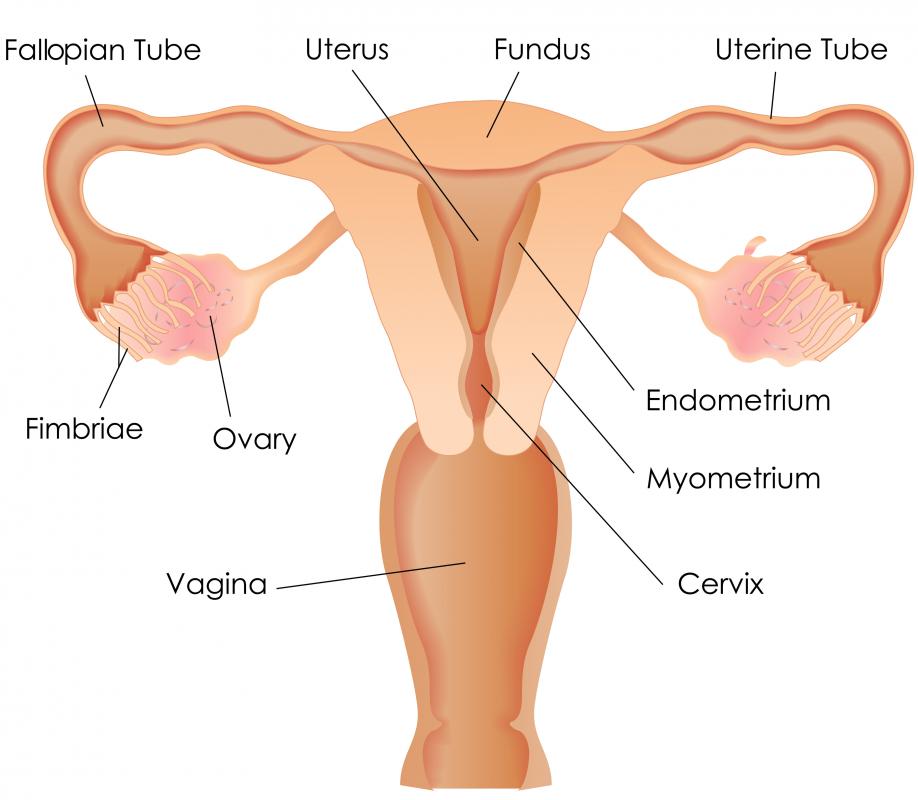At WiseGEEK, we're committed to delivering accurate, trustworthy information. Our expert-authored content is rigorously fact-checked and sourced from credible authorities. Discover how we uphold the highest standards in providing you with reliable knowledge.
What are the Different Types of Cervical Dysplasia Treatment?
Cervical dysplasia is a condition in which abnormal cells develop and reproduce on the lining of a woman's cervix. Most instances of dysplasia are thought to be caused by severe infection, primarily in the form of the human papilloma virus (HPV). Women with mild cases may not notice any symptoms nor require cervical dysplasia treatment; abnormal cells often dissipate and go away completely over time. More severe instances of dysplasia, however, can develop into cervical cancer if not diagnosed and treated immediately. An afflicted woman and her doctor have many different options for treatment, including cryosurgery, laser cauterization, a loop electrical excision procedure (LEEP), a cone biopsy, or a hysterectomy.
HPV is a serious infection that is almost always transmitted sexually. A woman with HPV is at a high risk of developing cervical dysplasia and eventual cervical cancer if it is not detected and treated. A gynecologist can screen for HPV and dysplasia by taking a PAP smear, a procedure that involves scraping cells from the lining of the cervix and analyzing them under a microscope. If abnormalities are discovered, the gynecologist will usually arrange for immediate surgery to reduce the chances of cervical cancer.

LEEP surgery is one of the most common cervical dysplasia treatment options. A skilled surgeon inserts an electrified wire loop into the cervix, identifies the location of mutated cells, and carefully burns them away. The procedure is very delicate, but not considered dangerous to patients. Women usually receive small amounts of anesthesia and only spend about half an hour in the operating room.

Other cervical dysplasia treatment options include cryosurgery and laser cauterization. In a cryotherapy procedure, a professional uses a medical probe that has been cooled with carbon dioxide to freeze tissue that contains mutated cells. Laser cauterization involves a similar procedure, though the probe is equipped with a powerful laser that contacts and kills abnormal cells.

When other types of cervical dysplasia treatment are ineffective at removing all mutated cells, or when doctors believe that cervical cancer is impending, patients may need to undergo cone biopsies or hysterectomies. A cone biopsy is an invasive procedure in which a surgeon cuts out a cone-shaped section of the cervix that is afflicted with dysplasia to ensure that all abnormal cells are removed. In the case of widespread or high-risk dysplasia, a surgeon may choose to conduct a full hysterectomy, removing the cervix or the entire uterus in an effort to prevent cancerous cells from spreading to other parts of the body. With successful cervical dysplasia treatment and regular checkups with gynecologists, most women are able to make full recoveries and enjoy normal lifestyles.
AS FEATURED ON:
AS FEATURED ON:

















Discuss this Article
Post your comments